Headline
The science behind the explosive McMurray wildfire and how the inferno is creating its own weather
Canada
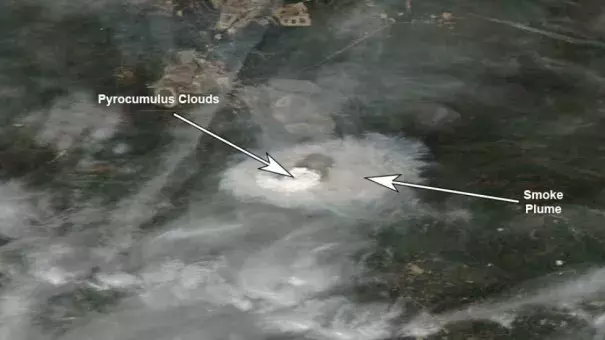
Fort McMurray wildfire smoke plume and pyrocumulus clouds on May 3, 2016. Image: NASA
Forecast outlooks from Environment Canada showed that large parts of Alberta had a high to extreme fire danger in the final few days of April and into the start of May. On Tuesday, the fire danger was "extreme" in the area of Fort McMurray.
Fire danger outlook for May 3 from Environment Canada. The white circle shows where Fort McMurray is located.
As is typically the case, you need dry vegetation, strong winds, low humidity and warm temperatures to fuel explosive wildfire growth. That's just what we saw in Fort McMurray
Related Content
Headline
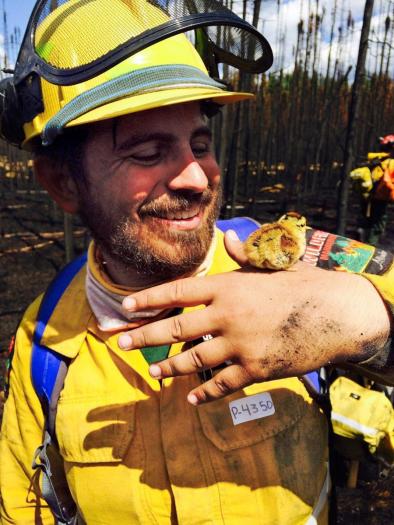
Jul 7, 2016 | The Weather Network
Fort McMurray fire costliest disaster for Canadian insurers
Headline
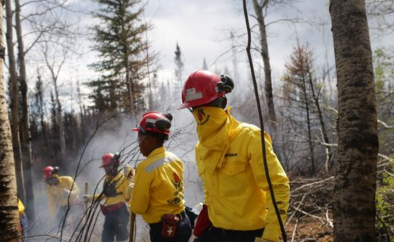
Jul 6, 2016 | USA Today
2 months later, massive Canadian wildfire finally 'under control'
Real Time Data
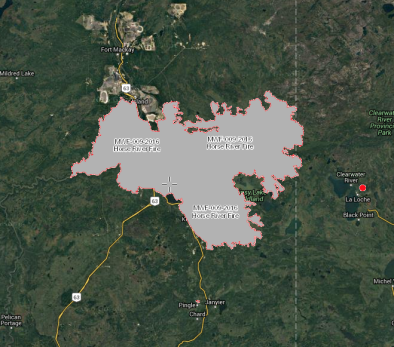
Jun 30, 2016 | PropertyLineMaps / Joseph Elfelt
Alberta Wildland Fires
Headline
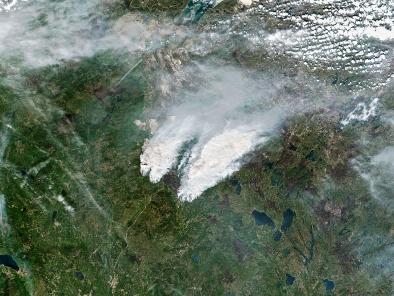
Jun 23, 2016 | National Geographic
Forest Fires Can Heat Up the Whole Planet


